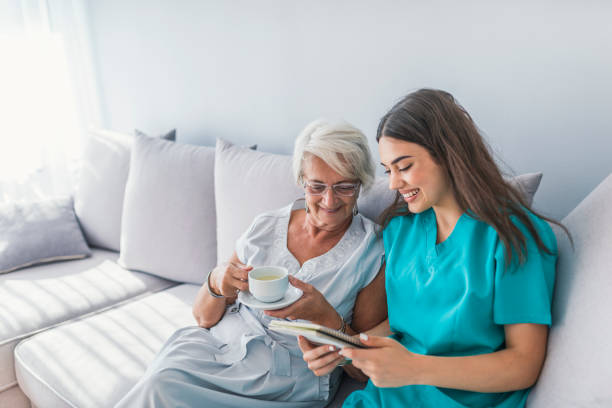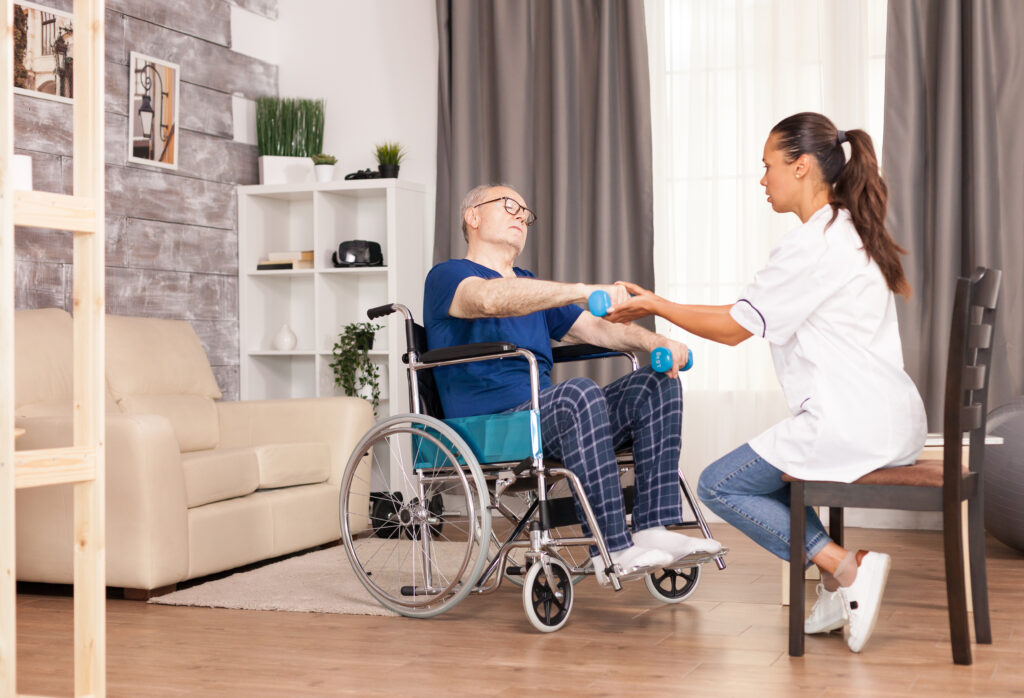Balance is a skill that often declines with age, and often with little warning. With aging, changes in flexibility, muscle strength, body sensation, reflexes, and mental function all contribute to declining balance. Sense of balance is what enables us to maintain a center of gravity when we stand, walk, jump, run, bend, twist, or make any other type of active movement.
Any breakdown in your balance system increases your risk of falls, which can cause hip fractures, broken bones, and head injuries. Doing more balance exercises and activities can keep one’s sense of balance in good shape.
There are three types of exercises that increase both the physical and cognitive skills needed for better balance:
SQUATS
Stand with your feet just over shoulder width apart. Keep your back in a neutral position, and be sure to keep your head up and chest out. Extend your arms forward or place your hands on a chair, counter, or table for stability. Slowly bend your knees, hips and ankles, lowering until you reach a 90-degree angle. Pause for a second or two, then rise back to the starting position. Do this up to 10 times.
HEEL AND CALF RAISES
Stand with your arms crossed over your chest and raise your heels so you rise up on your toes. Hold this position for up to 10 seconds. Do this five to 10 times. If you need support, hold on to a door frame, a table, or another sturdy object. You also can place your hands flat on a wall.
ONE-LEGGED STANDING
Stand tall and place your hands on your hips or hold on to a table or chair for stability. Then raise one leg so your foot is about six to 12 inches above the floor. Keep your gaze straight ahead. Hold for 20 to 30 seconds. Repeat on the other leg. Switch back and forth three to five times.
DUAL TASK TRAINING
You also can perform these exercises with your eyes closed to work on coordination and concentration. Another option is to “distract” yourself by doing unrelated cognitive tasks; for example, count backward, name words that begin with the same letter, or make a mental grocery list.
This kind of dual-task training can strengthen the connection between your brain and your body, and moreover it can help prevent distractions and mental lapses that may contribute to a fall in alder adults.










